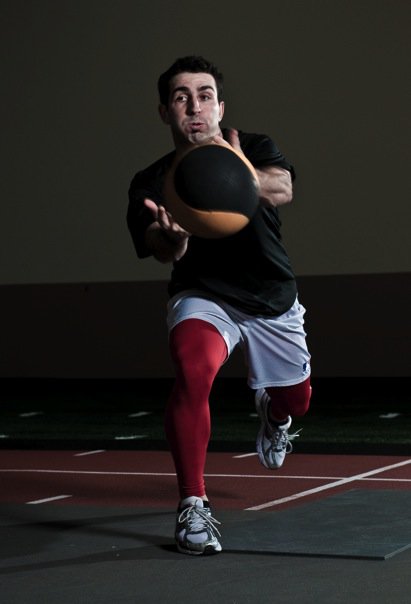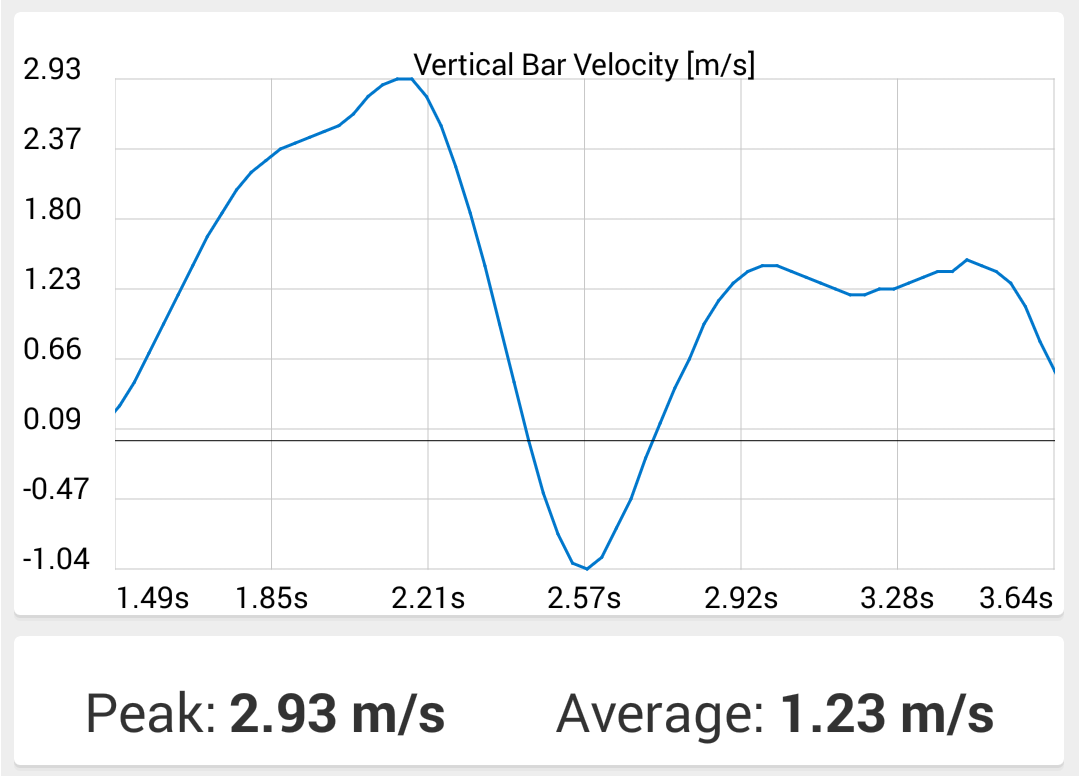
Often the most enlightening moments we have here at Sparta are in casual conversations, discussions, and debates with our athletes, partners, and staff. Such a moment occurred recently when speaking with one of our partners who brought up a simple yet profound point: “intensity doesn’t always mean weight.” Though theoretically this may be an easy concept to understand, in the strength and conditioning world, intensity is often thought of only as an absolute amount of weight, often prescribed based off a percentage of an athletes one rep max (1RM). While this can be one representation of intensity, this narrow-minded definition falls short when trying to look at an athlete’s stimulus or stress holistically.

As the sports performance field matures, we hope more and more coaches will continue to focus on quality of movement versus simply quantitative measures of strength. Weight lifting max numbers can no doubt be impressive feats of strength, but if the goal is athlete resiliency these absolute measures honestly have little to do with our job description. The greatest challenge to the value of our industry has always been the lack of an objective way to measure a Strength and Conditioning Coach’s performance. Many strength and conditioning coaches will boast proudly about the increases in strength their athletes achieved in pre- and post 1RM testing. As an industry, we need to make sure we are measuring what matters, not simply what is impressive.
We are in no way stating that strength isn’t important, we are simply stating we as strength coaches have perhaps overvalued the simple ability to measure intensity as weight or a percentage of some maximum value in a “classical” strength movement, while undervaluing intensity in terms of all other movements that are less easily defined. These strength exercises are great for building certain qualities to allow athletes to produce more force, usually by way of more weight lifted. However, when looking at increasing an athlete’s force production, weight or mass is only one part of the equation. Literally (F=m*a).

Image Source: www.barsense.com
Sprints, jumps, carries, and throws are much harder to quantify but are usually better ways to express these qualities athletically to allow transfer to an athlete’s sport or event. Often these exercises are tested, but rarely are they prescribed based on any true intensities.
The Olympic lifts have been used for decades to bridge that gap, as these are extremely athletic movements, whose intensities can be prescribed based on a unit of measurement all strength coaches are comfortable with. Weight. This may be a reason why many strength coaches stick to using Olympic lifting as a primary source of athletic development.
Improvements in technology and recent research surrounding bar velocity has slowly popularized coaches using bar velocity or power outputs. However often more technology and more data creates more noise and can muddy the waters with hard to interpret data. What matters? What is valid? Speed, average power, peak power, is faster always better? What we by now should understand conceptually is anything can be intensity. But if anything CAN be intensity, what IS the intensity?
One origin of the word intensity comes from the Latin word intentus, meaning intent: an aim or purpose. What is the intent or goal of your prescription? To move more weight? Then the intensity is weight. To go faster? Intensity must be speed. Decrease duration? Intensity should be time based. Intensity is defined by intent.
Think of a throwing program given to a pitcher after a Tommy John surgery, the goal (intent) of the program is to build throwing volume or total throwing distance to prepare that athlete to return to sport, not to increase that athlete’s pitching velocity or speed. Therefore, the intensity is total distance (feet) not velocity (mph). What your intensity is depends on your intent, not your exercise or implement.